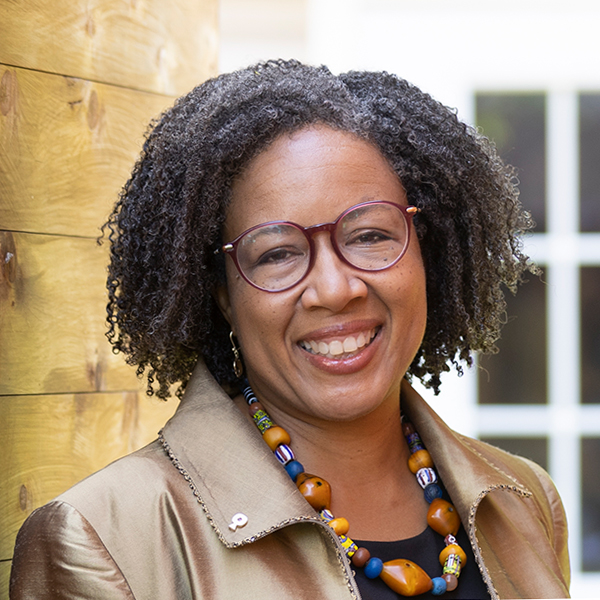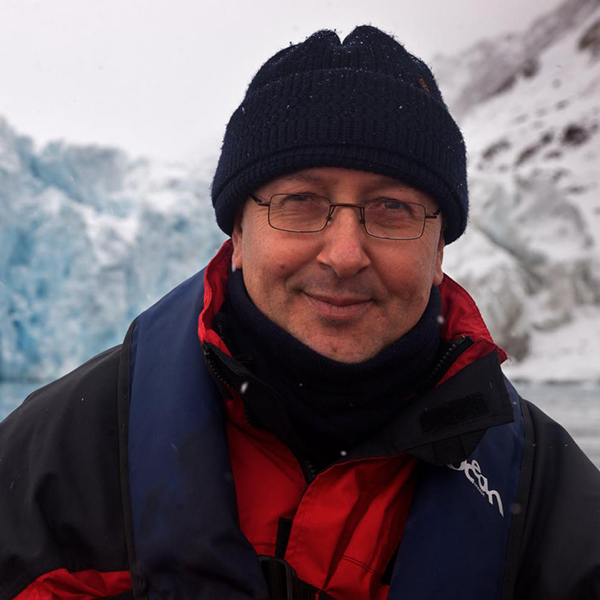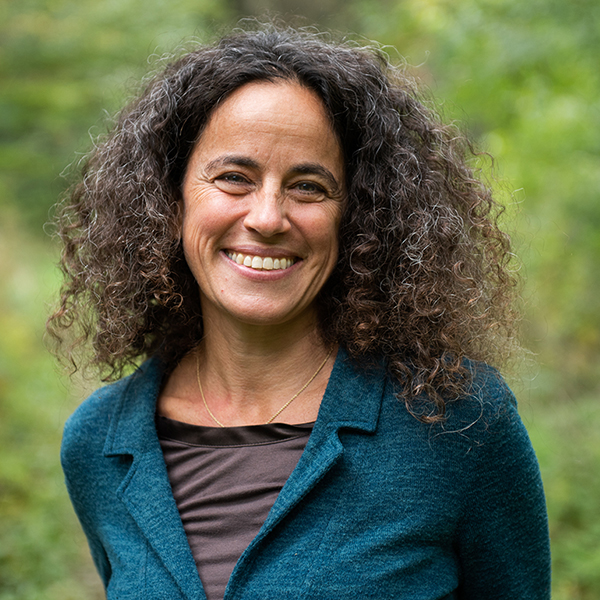In 2012 the Inuit town of Kangiqsualujjuaq, population 900, had 69 cases of tuberculosis; it was one of several Inuit communities in Nunavik to experience a TB outbreak that year. The epidemic launched a public health initiative that continues today, as Inuit leaders collaborate with health care professionals and others to define strategies for combatting the disease.
It also provided a McGill research team with important scientific information that has helped change how we understand tuberculosis.
Following the outbreak, Marcel Behr, MSc’95, the founding director of the McGill International TB Centre, collected bacteria samples from patients across Nunavik and applied DNA sequencing to build genetic profiles of each bacteria.
“That process allowed us to track how the bacteria was spreading,” says Behr. “And in villages that had experienced outbreaks of TB five or 10 years apart, we found that individuals who had TB previously weren’t reactivating a latent strain from previous years, as generally believed, but were having the strain of the year.”
This discovery, supported by Behr’s other research, can alter how we understand and treat tuberculosis. The accepted belief has been that almost two billion people – a quarter of the world’s population – harbour latent TB, and, while currently free of symptoms, were in danger of developing active TB.
However, Behr’s findings suggest that most TB active today is the result of infections within the previous year rather than reactivated TB. Consequently, efforts to eliminate TB should focus not on latent tuberculosis in those infected years ago but on individuals in the active chain of disease transmission.
Death toll in the millions
The work of Behr and his team provides one example of how McGill researchers are playing a pivotal role at a time when the UN, the World Health Organization (WHO), and other global players are focusing more attention on a scourge that has killed an estimated 7.6 million people in the last five years. Survivors are often left with a debilitating loss of lung capacity.
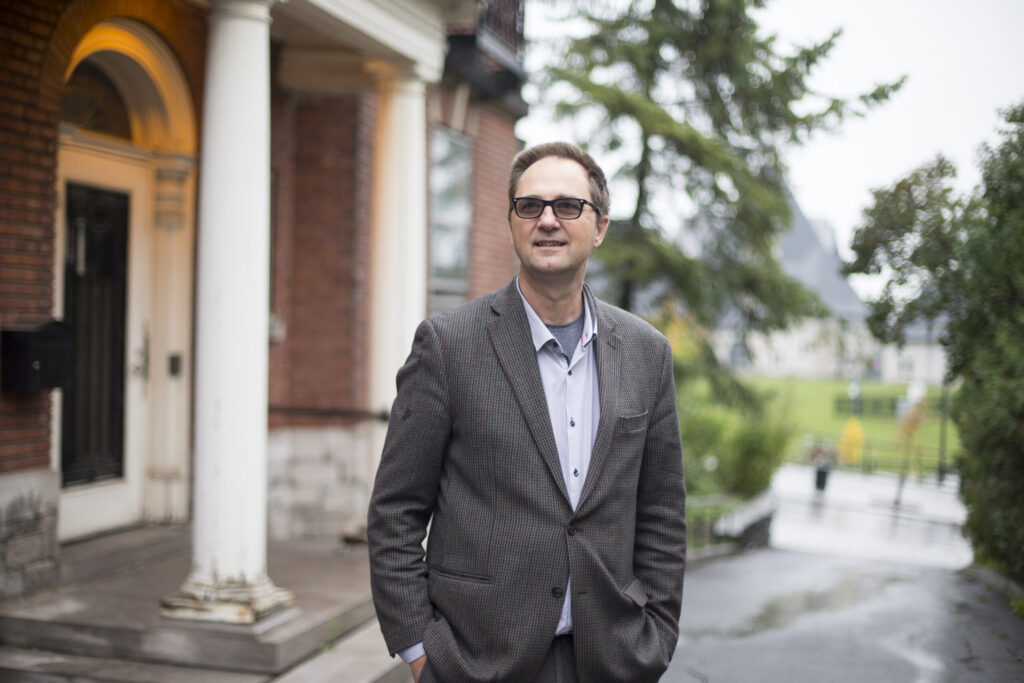
While wealthy nations in Europe and North America have effectively controlled the disease – with, in Canada, the notable exceptions of Inuit and First Nations communities – the story changes in Asia and sub-Saharan Africa, where 95 per cent of cases – and deaths – are to be found.
“Tuberculosis is a disease of poverty. Where there are marginalized, disadvantaged people, that’s where you find TB,” says Madhukar Pai, who took over the directorship of the McGill International TB Centre last July. “But tuberculosis is curable – saving lives shouldn’t be rocket science.” Most forms of TB, if diagnosed and treated early enough, can be dealt with. But too often, that doesn’t happen.
“The fact that there is so much TB means we are failing our patients every day by not doing what we already know will work,” says Pai. His research has pointed to alarmingly high rates of misdiagnosis in India, but he says our own country’s track record on TB has one glaring blemish. “The same neglect is seen in Canada: the fact that TB is killing Inuit children is unacceptable.”
Last September, Pai took part in an unprecedented international gathering, the UN High Level Meeting on TB. More than 50 heads of state attended, along with government ministers, top TB researchers and key philanthropic leaders like Bill Gates.
The WHO had already pledged to effectively eliminate tuberculosis by 2030, sending it the way of smallpox and other banished killers. The UN gathering resulted in an annual commitment of $13 billion (U.S.) to support that effort. Can TB – with its long history of taking human lives – be wiped out in a dozen years?
International impact
Researchers at the McGill International TB Centre are already making important contributions towards making a TB-free world something more than a dream.
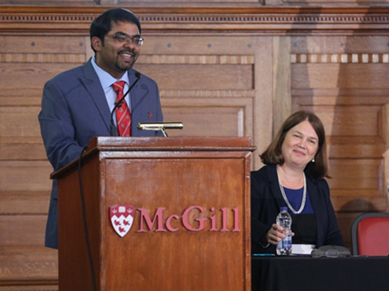
A summary of the world’s most-cited TB research papers shows that six per cent of them are from McGill. When Nature, one of the world’s most influential research journals, decided to publish summaries of state-of-the-art knowledge of different diseases, it approached Behr and Pai to be co-lead authors for TB, with centre members Maziar Divangahi, PhD’05, and Dick Menzies, MDCM’78, MSc’89, as contributing authors.
Established in 2013, the centre brings together the full range of McGill researchers interested in the disease, from fundamental scientists to clinicians to epidemiologists and public health specialists. “We’re among the few sites in the world with this medical bandwidth, with researchers from different disciplines gathering monthly to discuss TB,” says Behr.
Let’s return to those two billion people thought to carry latent TB, threatening a public health time bomb. While many of them have latent TB, the skin tests used to diagnose TB may only show whether or not the person has at one time hosted the bacteria – not whether it remains present.
As a result, another hypothesis presents itself: many of those two billion may not have developed TB because their immune system protects them, not because the bacteria is simply inactive. Then, the question becomes how to protect those others who are susceptible.
New thinking on treatments
The obvious answer is inoculation, but BCG [for Bacille Calmette-Guérin], the TB vaccine currently used for children, dates back to the 1920s, and it isn’t foolproof. “No new vaccine has emerged in 100 years, partly because TB is not profitable for industry and partly because we still struggle with the bacteria’s biology,” says Pai.
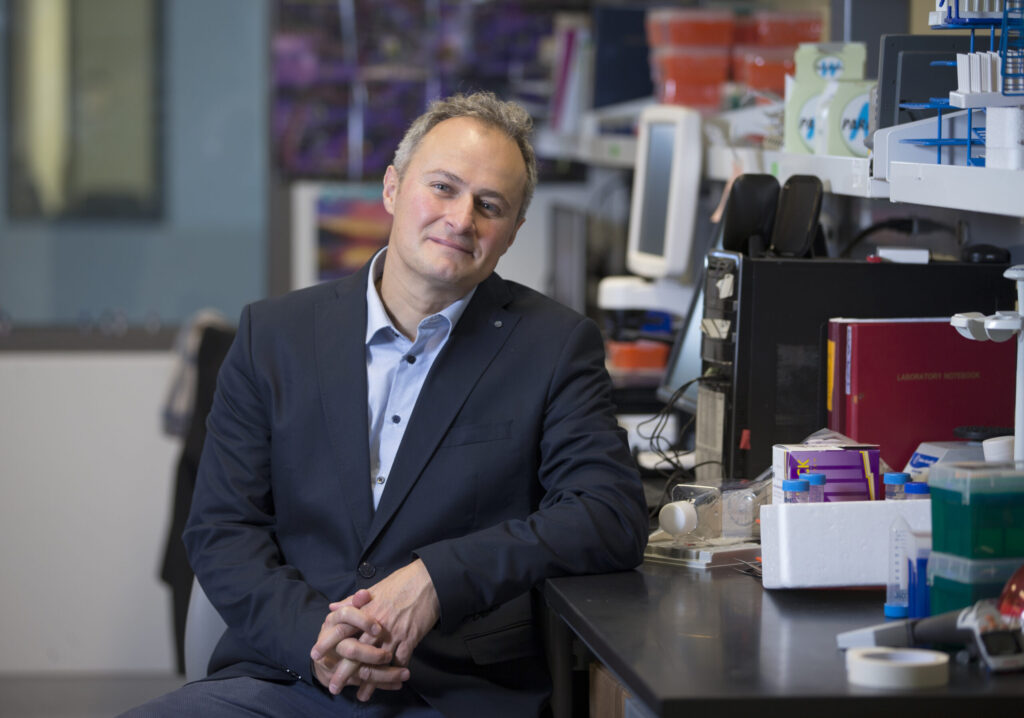
And that’s where Maziar Divangahi’s research comes in. “We know that around 90 per cent of people infected with TB remain asymptomatic and don’t transmit the disease, so they have some sort of natural immunity,” says Divangahi. But immune responses are complex, and developing a vaccine that would imitate that response in susceptible individuals has proven difficult.
For years, researchers have worked with T-cells, a type of white blood cell known to play an important role in the immune system, but clinical trials for vaccines based on T-cells have failed. So Divangahi’s team went to the source of the human immune system: stem cells. “We began targeting BCG to stem cells, effectively ‘training’ these cells to generate a strong immune response, a concept known as trained immunity,” he says. This approach, still in the early stages, promises to open new paradigms for vaccine design.
As for those with latent TB, recent clinical studies by Dick Menzies will change how patients are treated. Menzies’ lab carried out two massive clinical trials – one with 6,800 adults, the other with almost 850 children – to investigate the efficacy of a four-month treatment regimen with Rifampin as opposed to the current standard for latent TB, nine months of Isoniazid.
The results, published in August: Rifampin works as well or better than Isoniazid in less time, demands less supervision and follow-up, and has fewer negative side effects. As attacking latent TB is a key pillar of the WHO’s efforts to eliminate TB, Menzies’ findings have garnered international attention.
In another study on multi-drug resistant (MDR) TB, a particularly virulent strain that affects 600,000 people a year, Menzies’ team solicited anonymous patient data from the authors of all relevant studies published in the last 10 years and then constructed an immense dataset of over 12,000 patients from 25 countries.
“With this dataset we were able to analyze the efficacy of individual drugs, combinations of drugs, and different regimens, and to propose new approaches,” says Menzies. These approaches promise significantly higher success rates than the current rates of just over 50 per cent. Menzies’ findings, published last September, have already provided the foundation for the WHO’s new set of MDR-TB treatment guidelines.
Empowering pharmacists and patients
In much of Asia and sub-Saharan Africa, care is compromised not simply by lack of drugs, but by other systemic obstacles. One of Pai’s recent research projects saw actors in India serve as “secret shoppers,” mimicking TB symptoms in the full range of clinics consulted by Indians – from those of qualified doctors to those of alternative healers. “The bad news is only a third of TB patients were correctly detected and treated,” says Pai. “Often TB was not detected, or when it was, it wasn’t treated properly. So the question is, how can we address these issues?”
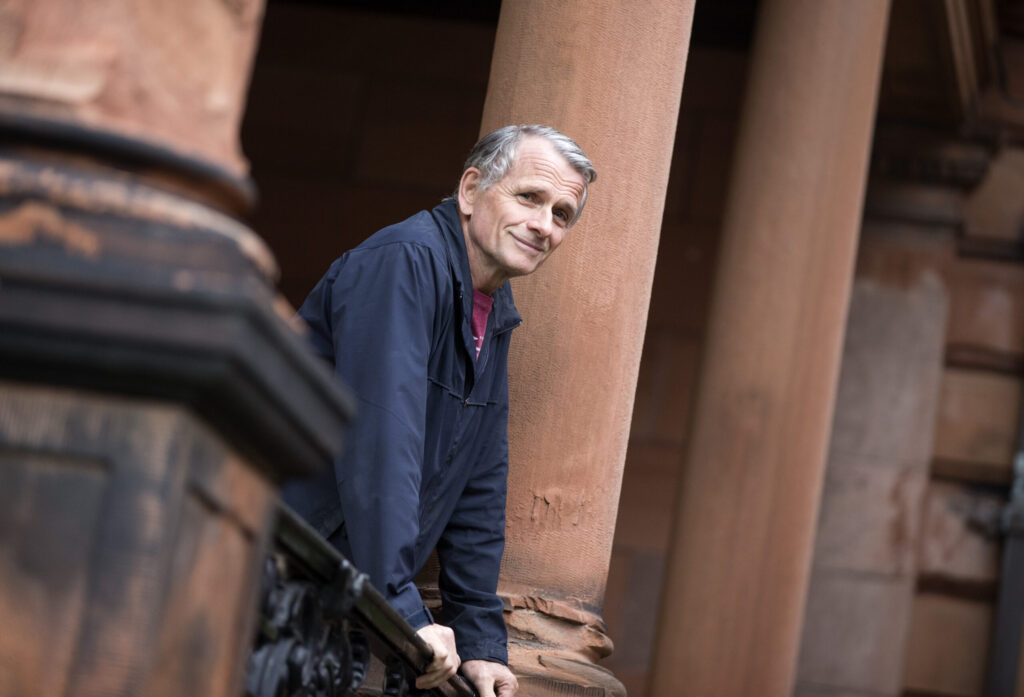
Part of the answer may lie in supporting the gatekeepers of medical care. Amrita Daftary, an assistant professor of epidemiology, biostatistics and occupational health, recently carried out a project in India that sought to educate pharmacists to serve as effective guides to treatment.
Daftary’s team trained about 100 pharmacists – usually businesspeople with no medical background – to perform a quick survey for TB symptoms for anyone presenting with a cough. Then the pharmacist could decide whether to send the individual for an x-ray or to a doctor – or simply sell them cough syrup. “We are trying to capitalize on the trust people have in their pharmacists,” she explains. The study resulted in over 1,500 referrals, with 15 per cent of those eventually being diagnosed with TB.
“The crux of my interest lies on the social determinants of health and health-seeking, and especially issues of stigma and exclusion,” says Daftary, who has also launched a study of South African patients being treated for both MRD-TB and HIV.
One group receives a range of interventions aiming to empower patients, including psychosocial supports (regular meetings of patient support clubs), “treatment literacy” (i.e., further counselling on how the treatments work), and a digital tool that patients could use to monitor their own treatment adherence. The other group receives standard care, which included brief counselling followed by patients taking daily medication under supervision.
“With the current standard, less than 50 per cent complete treatment, so we want to see if another way of supporting patients will lead to better outcomes,” Daftary says. “In addition, these patients are marginalized and face stigma and social repercussions such as lost jobs and social rejection. Can empowering patients help reduce their social suffering?”
Taking action in the North
Identifying barriers and tailoring treatments to the specific needs of communities is crucial to success, whether in Asia, Africa, or, indeed, Canada. In alignment with the WHO, the Canadian government has set 2030 as the date for eliminating TB – which means addressing failures to contain the disease in Inuit and First Nations communities, where rates are 100 to 300 times higher than in the rest of Canada.
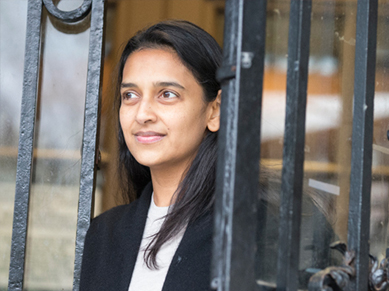
Faiz Khan, BSc’01, MDCM’05, a respirologist and director of TB clinical services at the Montreal Chest Institute, is the Nunavik Public Health Department’s consultant on TB matters, a role he took on during the 2012 outbreaks He also visits Nunavik twice a year as a practicing respirologist, and, with Menzies, runs Resp-North, a service that northern clinicians can email whenever they wish to consult about TB or other respiratory diseases.
Khan stresses the importance of Inuit leaders guiding the way for effective TB management. “For many years, responses to treating TB in the north have not been based on the social situations and history of the Inuit,” says Khan, an assistant professor of medicine at McGill. “Instead they were based on how we deal with TB elsewhere, and so they have not been effective. There is now a move toward what the national Inuit organization Inuit Tapiriit Kanatami (ITK) calls the Inuit-specific approach to TB.”
To help in developing this approach, Khan was invited by the Nunavik Public Health Department to participate in workshops involving elders and representatives from Inuit communities as well as health care providers, public health officials, and government representatives to exchange ideas and discuss strategies.
And in summer 2018, he organized a three-day intensive course at McGill on TB management for clinicians in Canada’s north; the course, which filled quickly, was opened by Hilda Snowball, mayor of Kangiqsualujjuaq, and included an address from ITK president Natan Obed. “It means a lot when researchers are willing to partner with Inuit and not come to us as saviours,” Obed told the audience.
Defeating TB will require this depth of collaboration, including not only researchers and medical professionals but also with the communities most affected. “With the Canadian and WHO deadlines of 2030, we’re on a clock. We have to be driven by this mission,” says Pai. “Our goal is to shut down the centre because TB is no longer a problem. That would be our greatest success.”
Patrick McDonagh is a Montreal-based writer and a part-time faculty member in Concordia University’s Department of English. His work has appeared in The Globe and Mail, The Walrus and Chatelaine.
